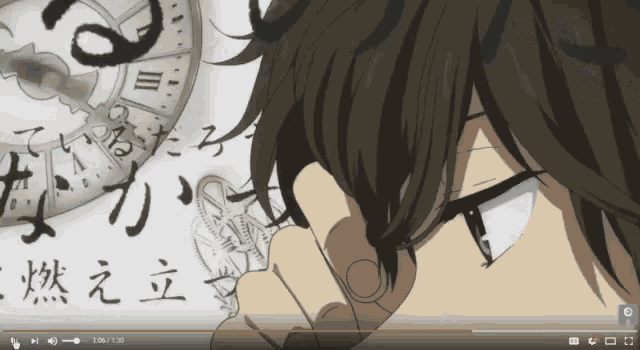
TIPIf you want to use another language, please use the translation feature in your browser.

1. Introduction: Bridging the Idea–Action Divide
Dear Innovator,
We all have flashes of inspiration—wild concepts that thrill us in the moment. Yet too often, those sparks fizzle out before they leave the sketchbook or mind map. Lack of planning, fear of failure, and unclear next steps block great ideas from real-world impact. This guide shows you how to take fresh brainstorms and methodically mature them into tangible, executed projects.
2. Capture and Evaluate Your Raw Ideas
- Jot down every idea without judgment—no censoring or editing.
- After the storm, review each concept and rate:
- Novelty (How fresh is this?)
- Feasibility (Can I actually build it?)
- Impact (Who benefits and how much?)
Discard or shelve low-scoring ideas, and flag the top contenders for development.
3. Ground Your Concept with Research
Before building anything, learn what’s already out there:
- Conduct quick market or user research—surveys, forum scans, or competitor audits.
- Identify constraints: budget limits, technical hurdles, timeline pressures.
- Gather inspiration from related fields to refine your vision.
Solid data transforms a “cool thought” into a focused, realistic brief.
4. Break It Down into a Step-by-Step Roadmap
Turn the big idea into manageable milestones:
- Define the Minimum Viable Concept: the simplest usable prototype or service.
- Outline Key Phases: ideation, prototyping, testing, launch.
- Set Deadlines: assign dates to each phase—keeping them tight encourages momentum.
- Feedback: Dare to accept criticism and insults.
A clear roadmap turns nebulous ambition into actionable tasks.
5. Prototype Quickly and Iterate
Early, rough prototypes reveal hidden challenges:
- Sketch on paper, build a clickable wireframe, or craft a cardboard mock-up.
- Test with real users or colleagues within days, not weeks.
- Collect feedback, refine features, then test again.
Rapid cycles of build–test–adjust ensure you’re investing effort in what truly works.
6. Assemble Your Resources and Allies
You don’t have to go it alone:
- Identify required skills—design, coding, marketing—and reach out to collaborators or mentors.
- List essential tools and budget lines: software subscriptions, materials, ad spend.
- Seek small pledges of support early—friends, online communities, or microgrants.
A network of allies reduces risk and fuels accountability.
7. Overcome Fear with Micro-Commitments
Big leaps feel scary—shrink the jump:
- Commit to 15 minutes of work per day on the project.
- Publicly announce a tiny deliverable (e.g., “I’ll share a prototype screenshot by Friday”).
- Celebrate each micro-win to build confidence and diminish anxiety.
Small, consistent actions turn courage into habit.
8. Execute in Focused Sprints
Adopt an agile mindset:
- Work in short sprints (1–2 weeks) dedicated to a single milestone.
- Hold a brief planning session and a quick review at the end.
- Adjust the next sprint’s scope based on what you learned.
This keeps you flexible, responsive, and forward-moving.
9. Measure, Learn, and Scale
Apply simple metrics to know if you’re on track:
- Prototype usability scores or user sign-ups.
- Time spent vs. budget used.
- Feedback sentiment and repeat engagement.
Use data to decide whether to pivot, improve, or double down—and scale what works.
10. Case Study: From Brainstorm to Pop-Up Exhibit
- Brainstorm: Concept—interactive art that responds to visitor heartbeat.
- Evaluation: High novelty, moderate cost, strong experiential impact.
- Research: Surveyed local galleries, confirmed 60% interest in immersive art.
- Roadmap: Sketch → Arduino prototype → small friends’ demo → public pop-up.
- Iteration: Refined sensor placement after user feedback.
- Launch: Mounted a weekend exhibit, sold 30% of tickets shareable via social media.
This sequence highlights the power of structure and small tests.
11. Conclusion: From Idea Spark to Finished Project
Great ideas deserve more than daydreams. By capturing thoughts, researching, planning roadmaps, prototyping fast, assembling support, and sprint-executing, you’ll turn creative brainstorms into real-world achievements. Courage grows from micro-commitments; success compounds from iterative progress.
“Execution is where ideas become legacy. Plan well, move boldly, and let your creativity reshape reality.”
Reflection Prompt
- Which fresh idea will you pick today for your first 15-minute sprint?
- Who will you recruit for feedback or collaboration this week?
- What’s your next prototype milestone—and when will you share it?

